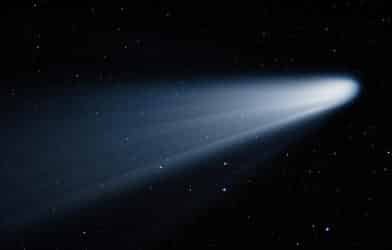Astronomers have made an astonishing discovery hundreds of millions of light-years from Earth. They uncovered the superdense remnant of a star much more massive than the sun that exploded as a supernova.
Images captured by the National Science Foundation’s Karl G. Jansky Very Large Array (VLA) “indicate that bright radio emission powered by the spinning pulsar’s magnetic field has only recently emerged from behind a dense shell of debris from the supernova explosion,” the National Radio Astronomy Observatory explains.
The object is in a dwarf galaxy some 395 million light-years from Earth. VT 1137-0337 first appeared in a VLASS image made in January 2018 and continued to appear in later observations in 2018, 2019, 2020 and 2022.
“What we’re most likely seeing is a pulsar wind nebula,” says Dillon Dong, a Caltech graduate student who will begin a Jansky Postdoctoral Fellowship at the National Radio Astronomy Observatory (NRAO) this year, in a statement.
“Based on its characteristics, this is a very young pulsar — possibly as young as only 14 years, but no older than 60 to 80 years,” added Gregg Hallinan, Dong’s Ph.D. advisor at Caltech.

Hallinan and Dong initially found VT 1137-0337 in the first VLASS scan from 2018. They then compared that scan to data from an earlier VLA sky survey called FIRST, which revealed 20 luminous transient objects that could be associated with known galaxies.
“This one stood out because its galaxy is experiencing a burst of star formation, and also because of the characteristics of its radio emission,” explains Dong. This dwarf galaxy contains about 100 million times the mass of the sun.
Hallinan and Dong considered several possible explanations in studying the object’s characteristics, including a supernova, gamma ray burst, or a star shredded by a supermassive black hole. However, they concluded the best explanation is a pulsar wind nebula, which is “created when the powerful magnetic field of a rapidly spinning neutron star accelerates surrounding charged particles to nearly the speed of light.”
The astronomers believe VT 1137-0337 left behind a neutron star when it exploded as a supernova, causing strong radio emission.
The radio emission was first blocked from view by the shell of explosion debris, but as the shell expanded, it became less dense until the pulsar wind nebula’s radio waves could pass through. “This happened between the FIRST observation in 1998 and the VLASS observation in 2018,” says Hallinan.
Even though Hallinan and Dong believe VT 1137-0337 to be a pulsar wind nebula, they can’t dismiss the fact the neutron star may qualify as a magnetar — a class of super-magnetic objects. “In that case, this would be the first magnetar caught in the act of appearing, and that, too, is extremely exciting,” says Dong.
The astronomers’ findings were reported at the American Astronomical Society’s meeting in Pasadena, California.
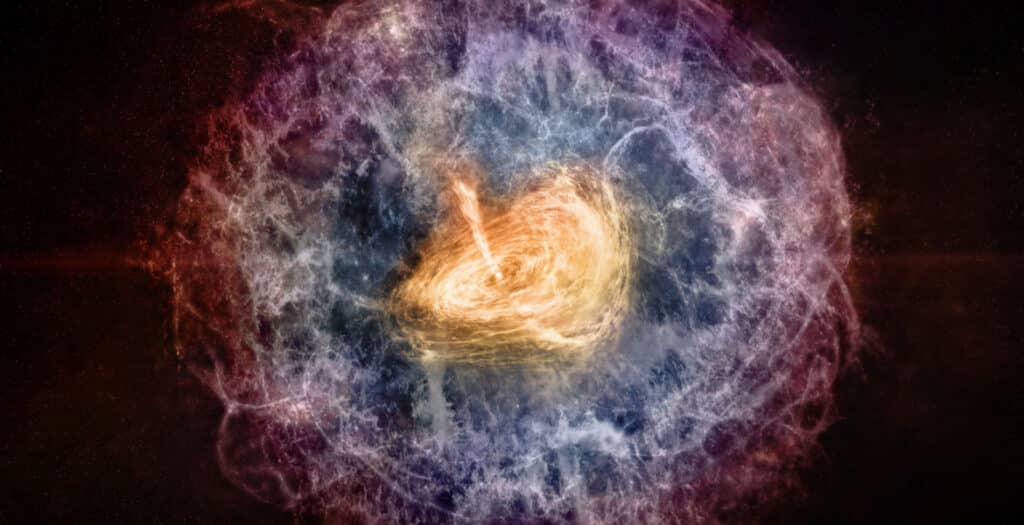
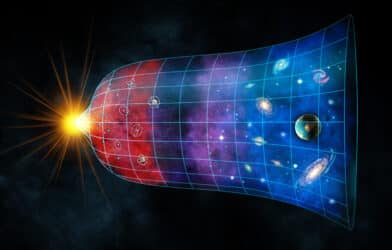
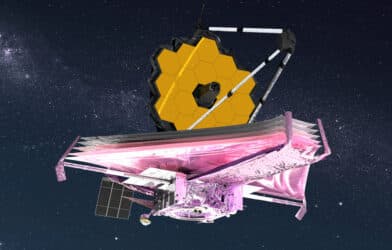

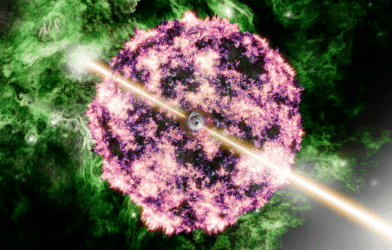
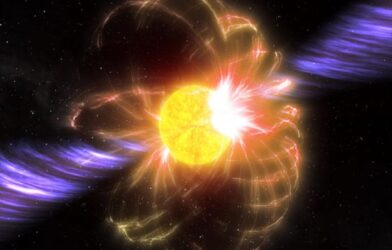
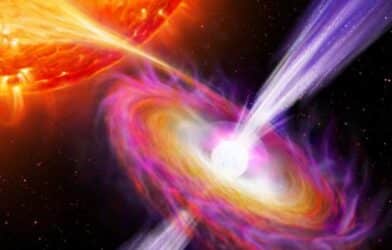


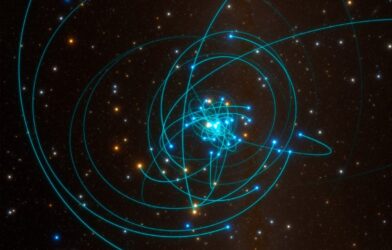

-392x250.png)
